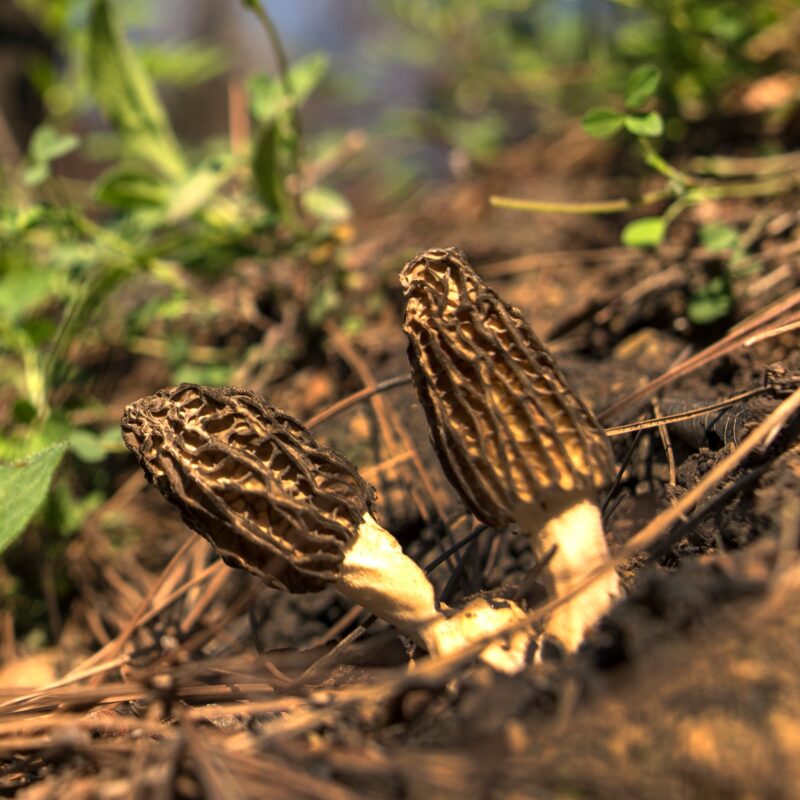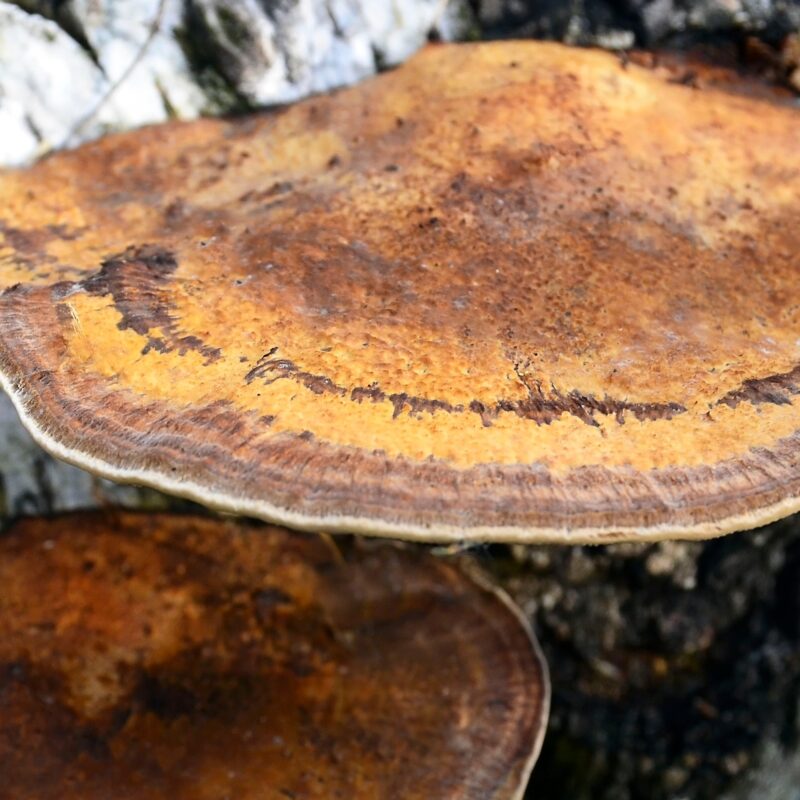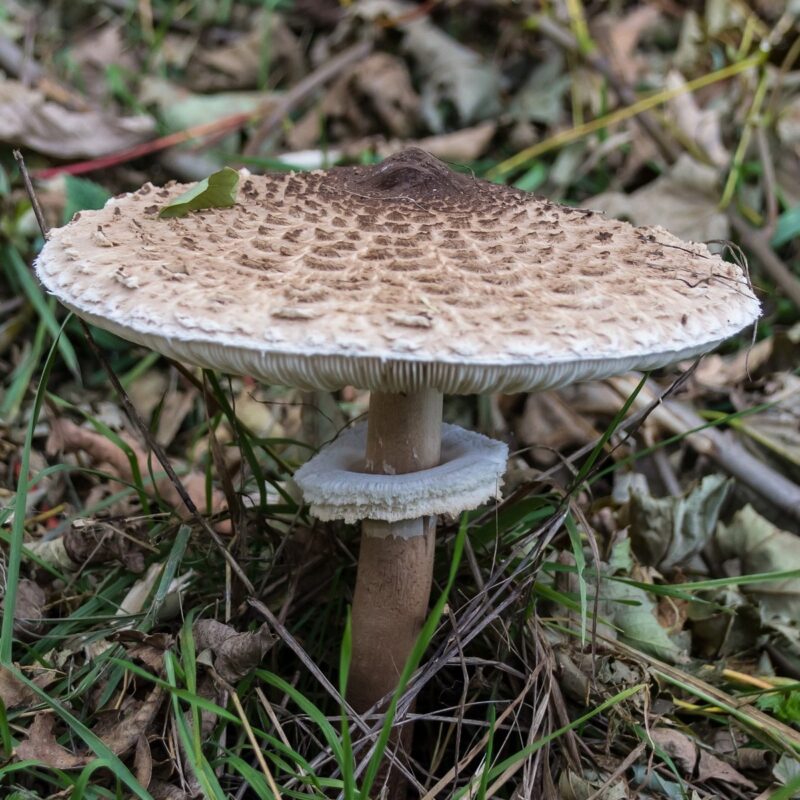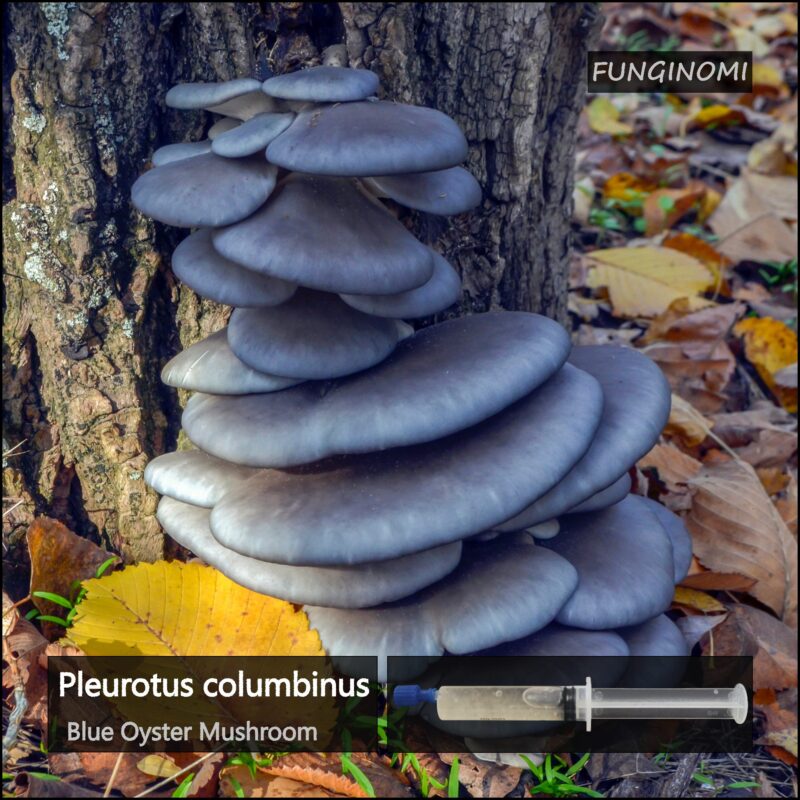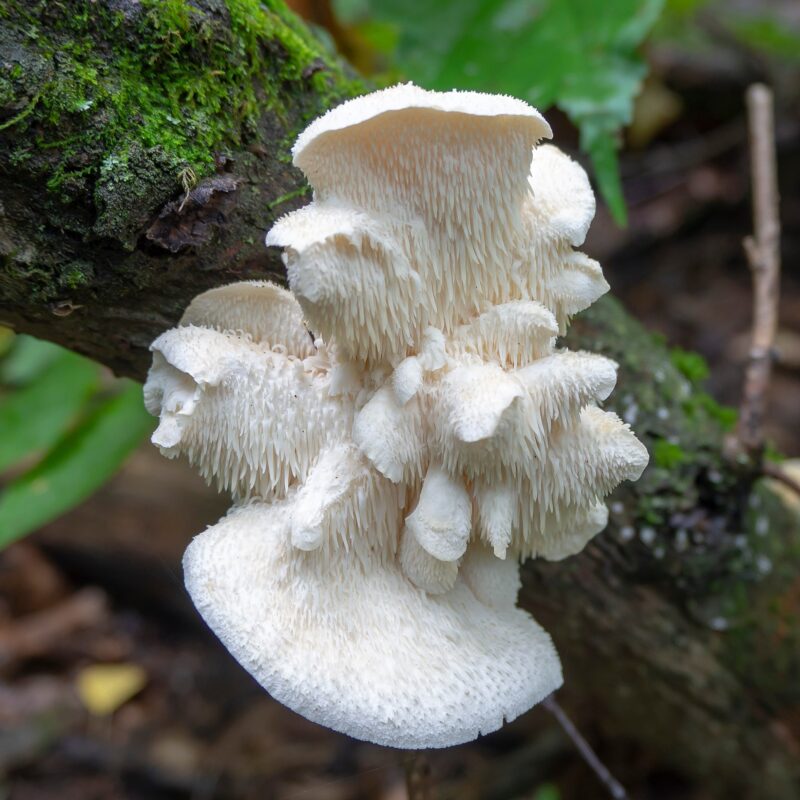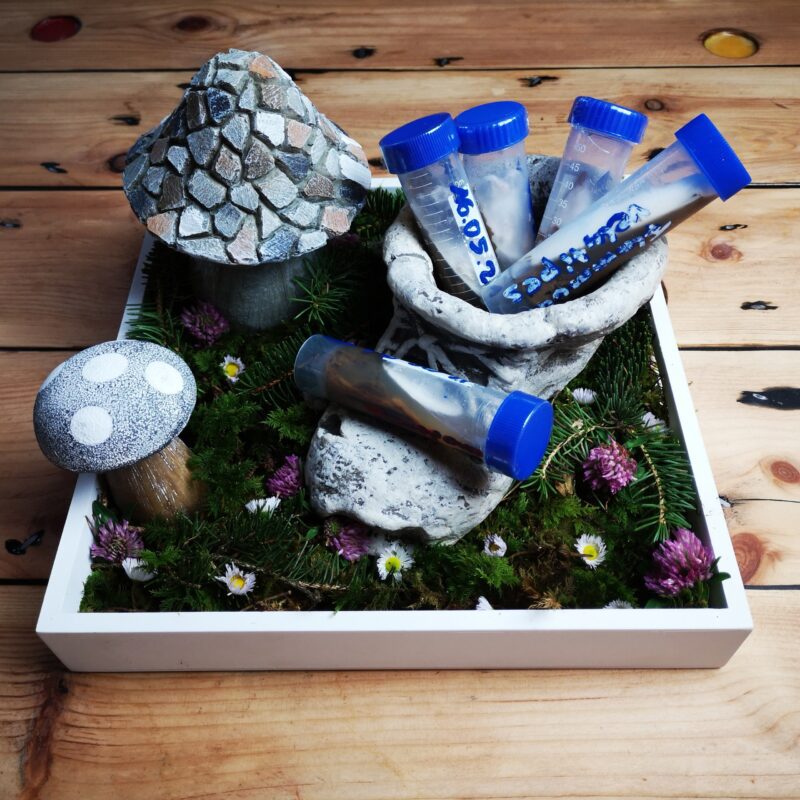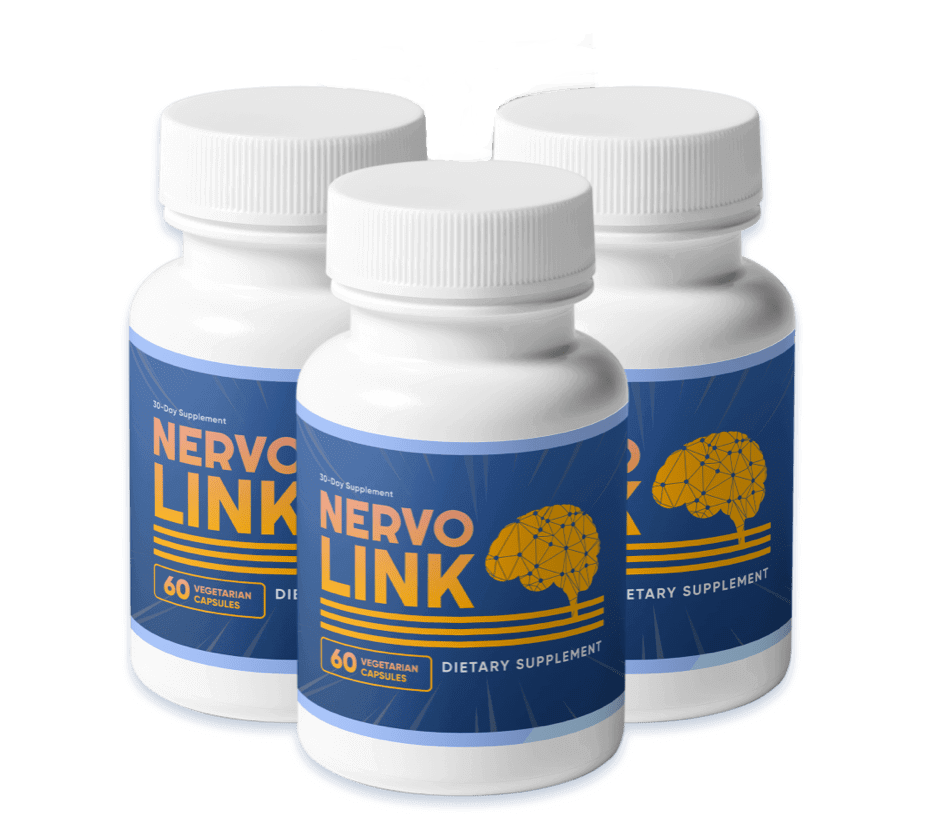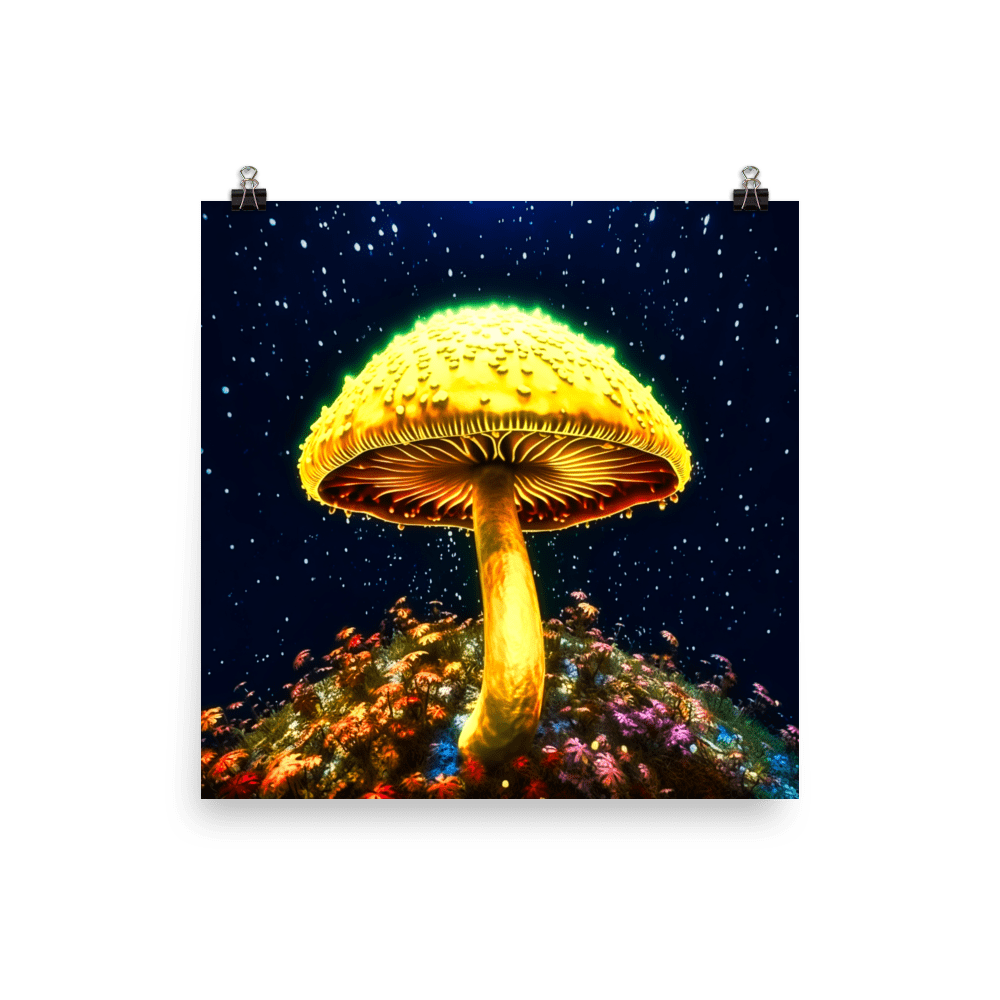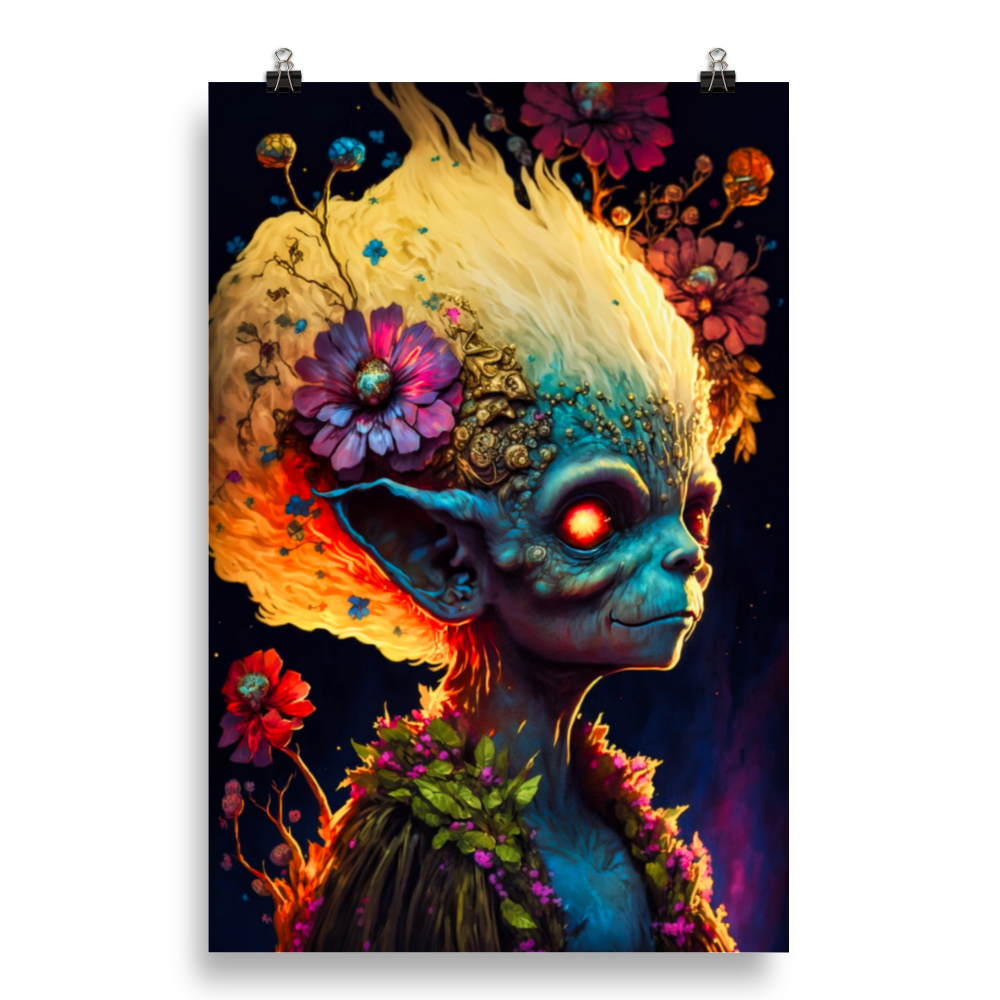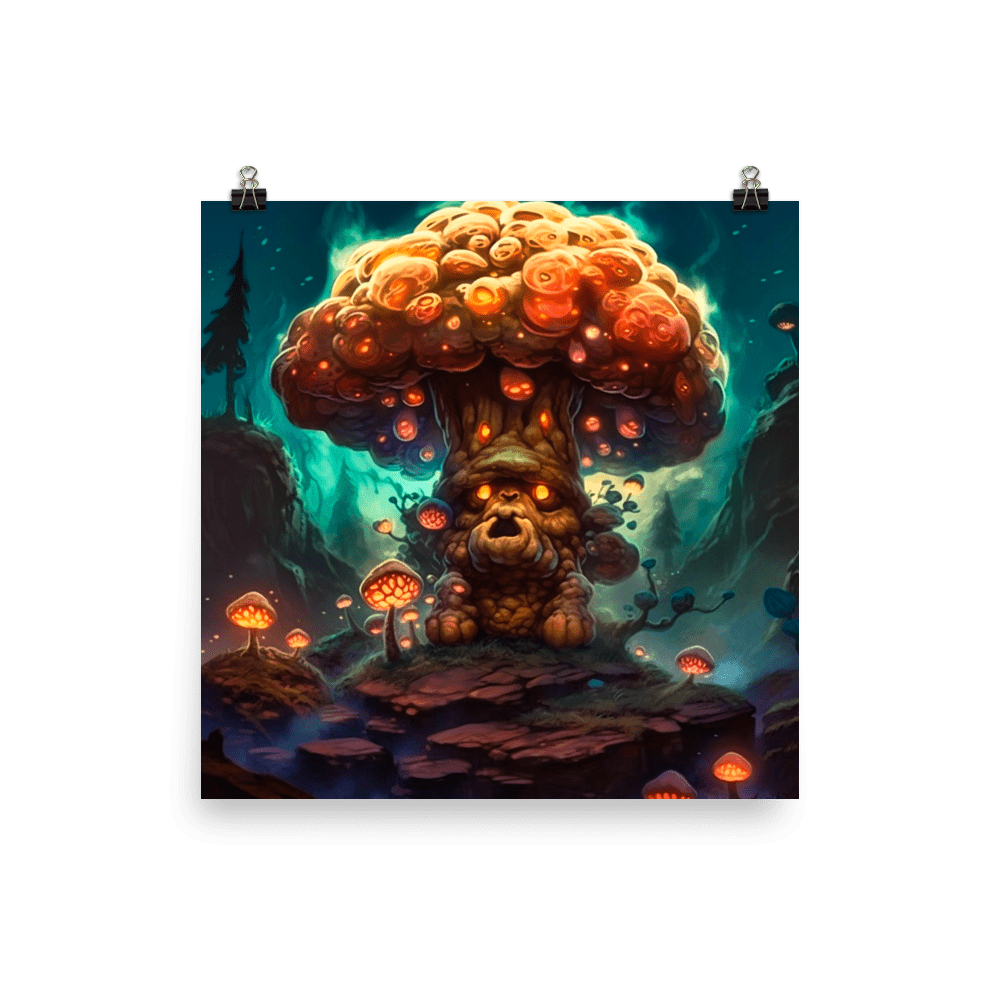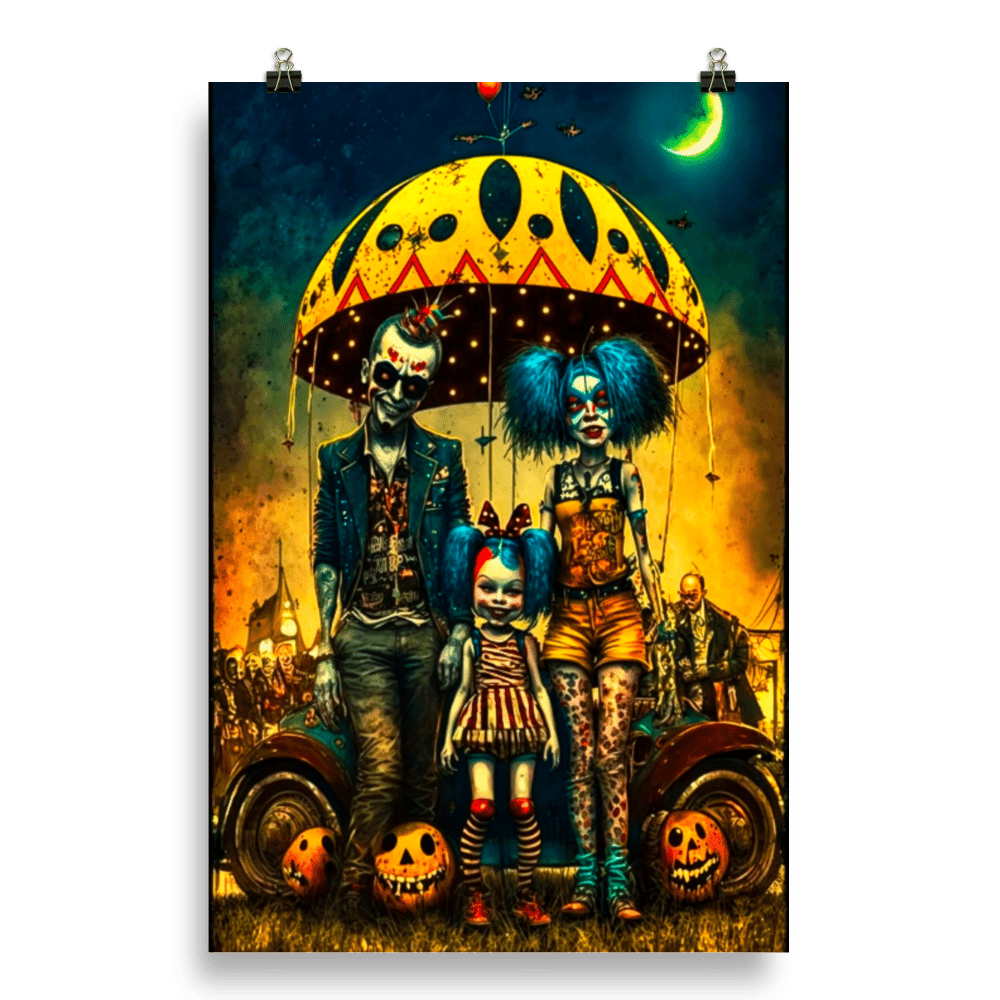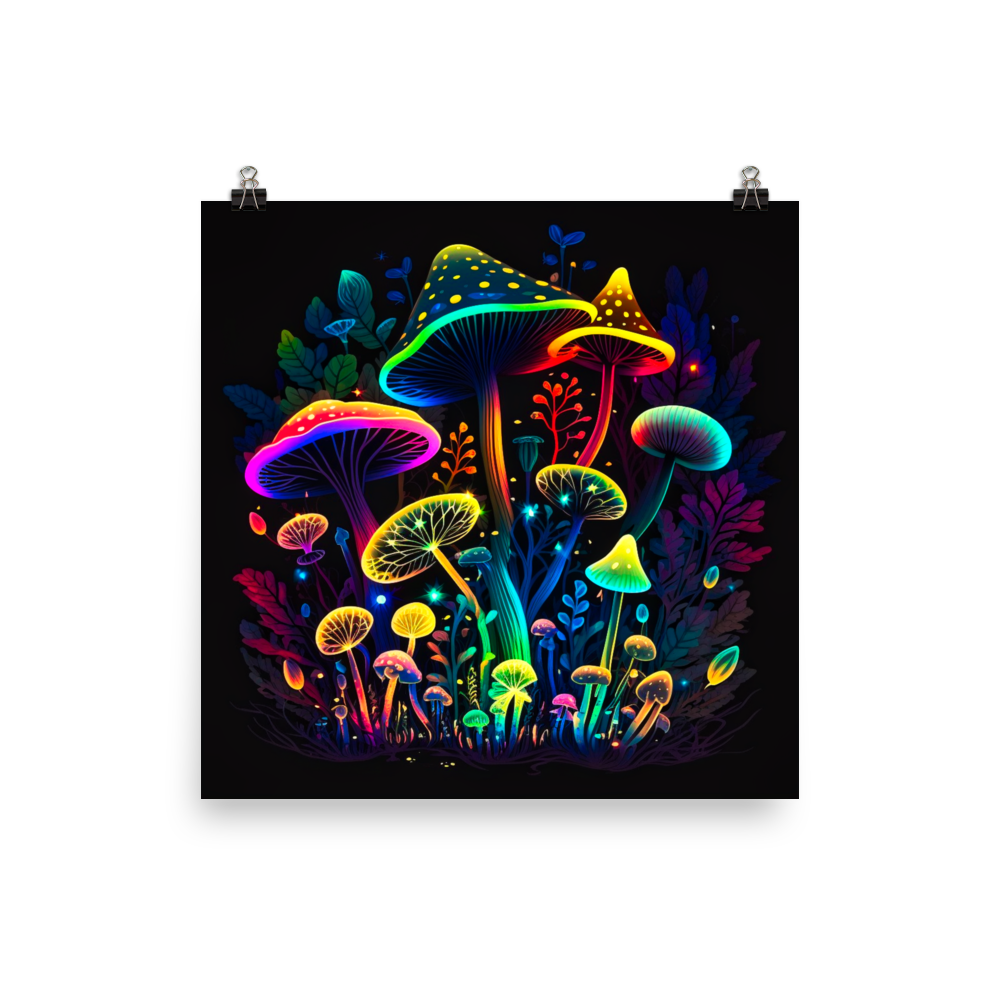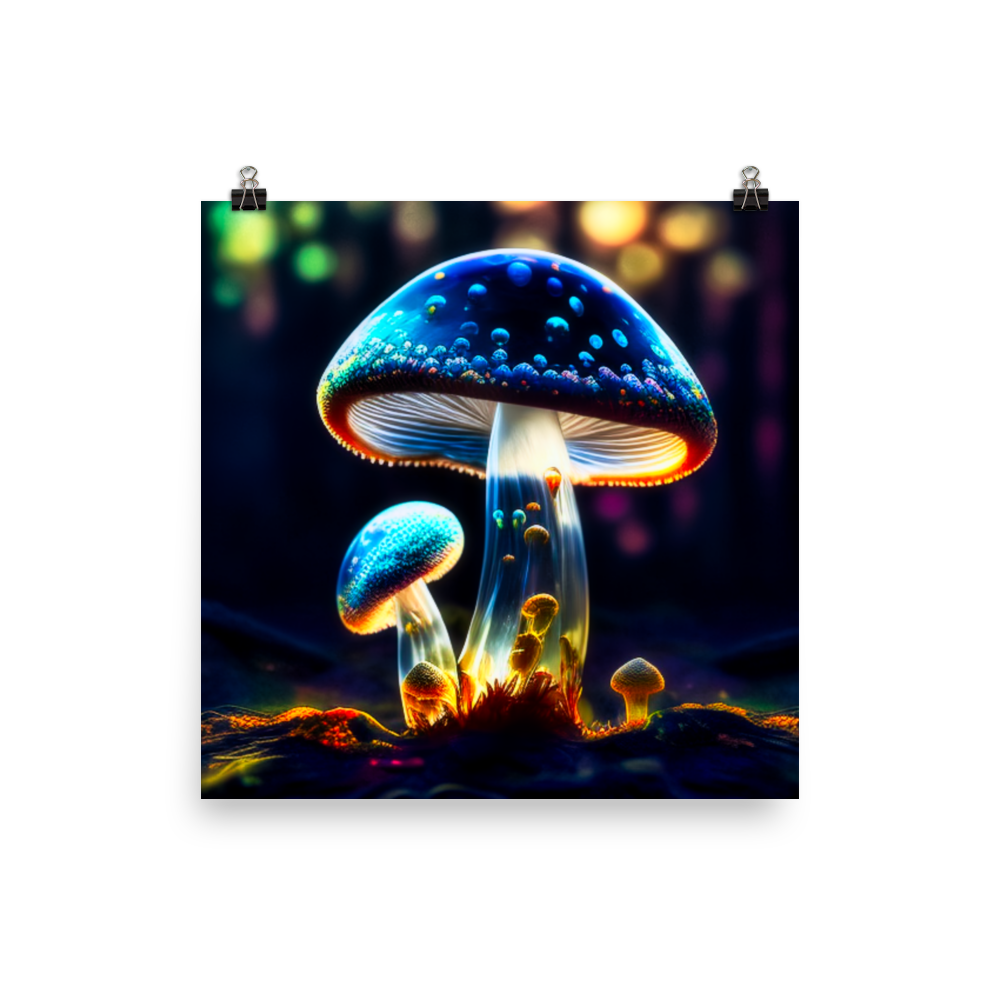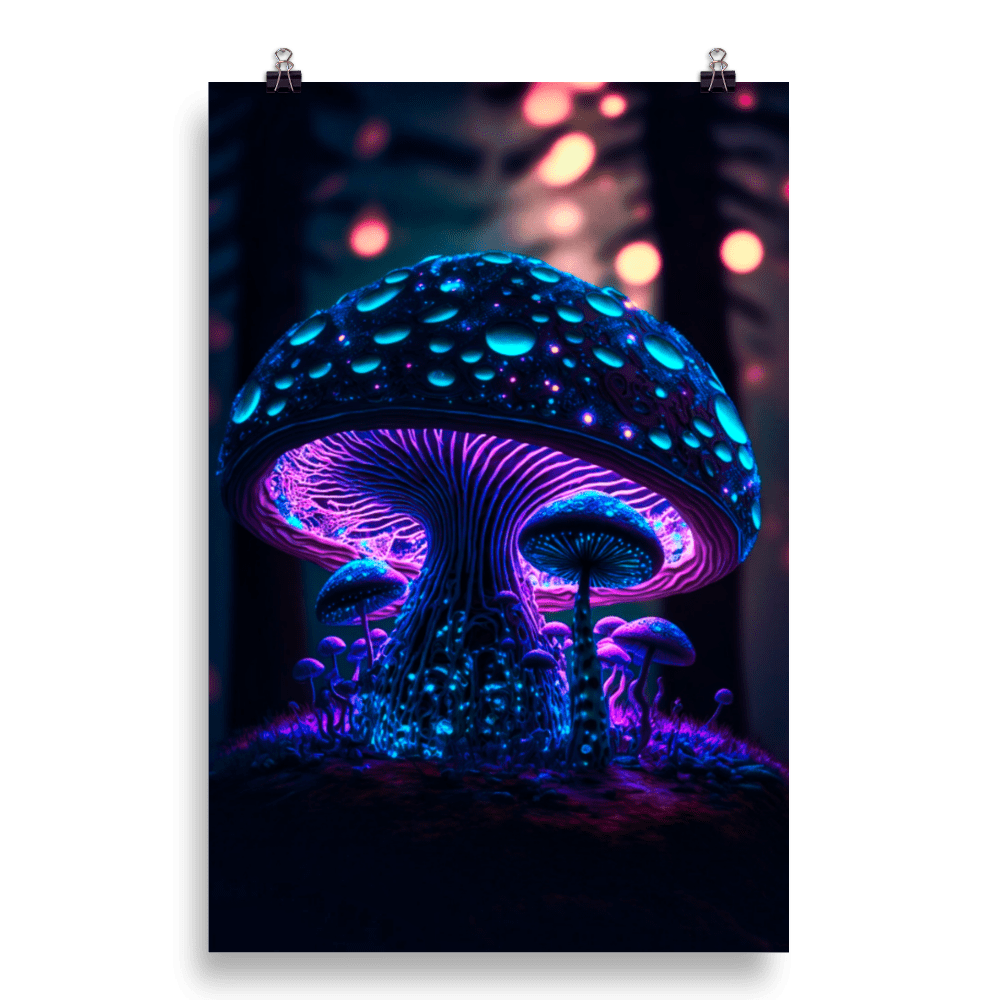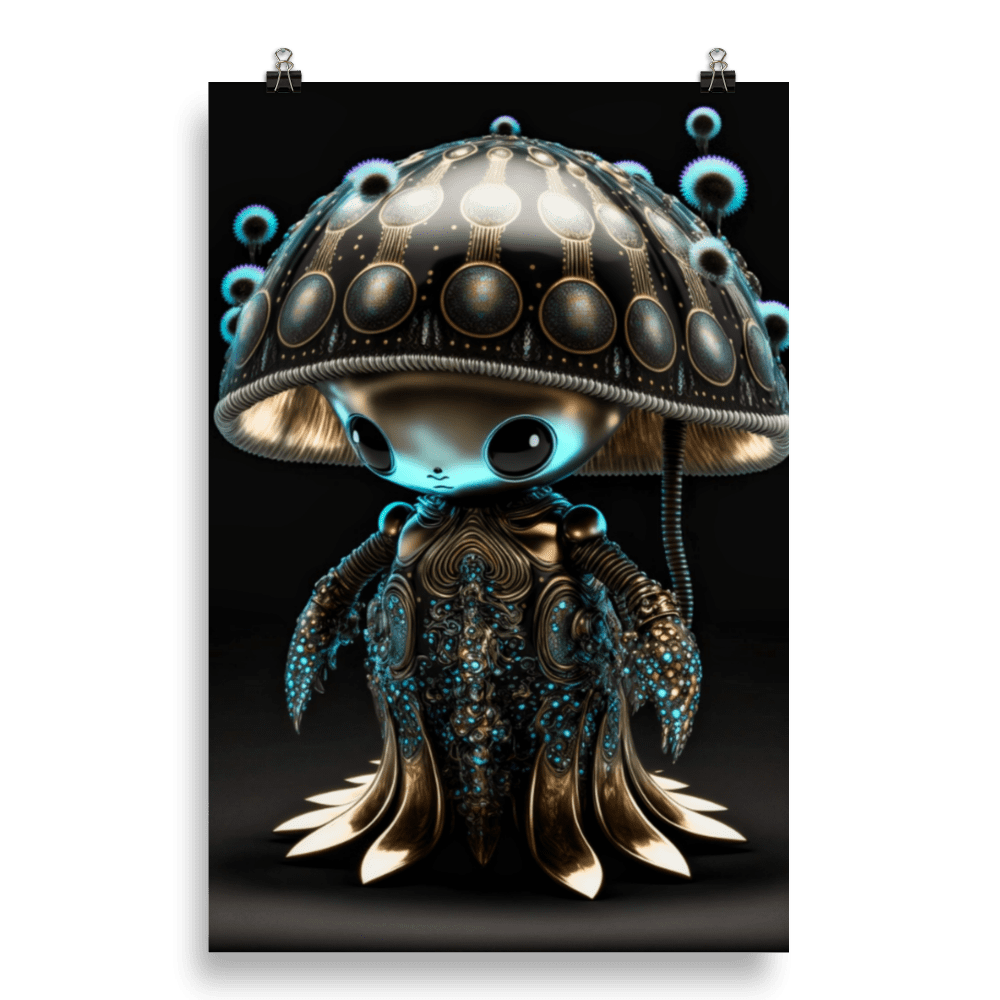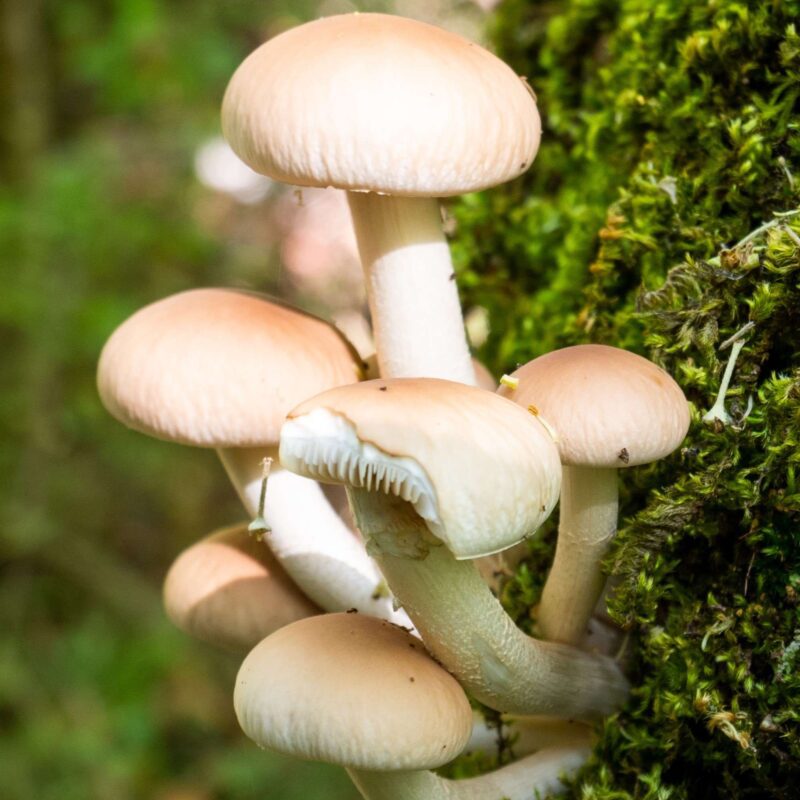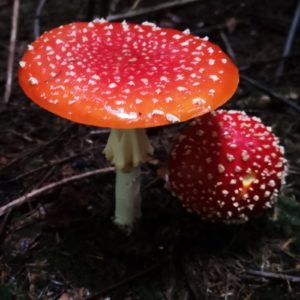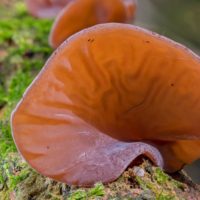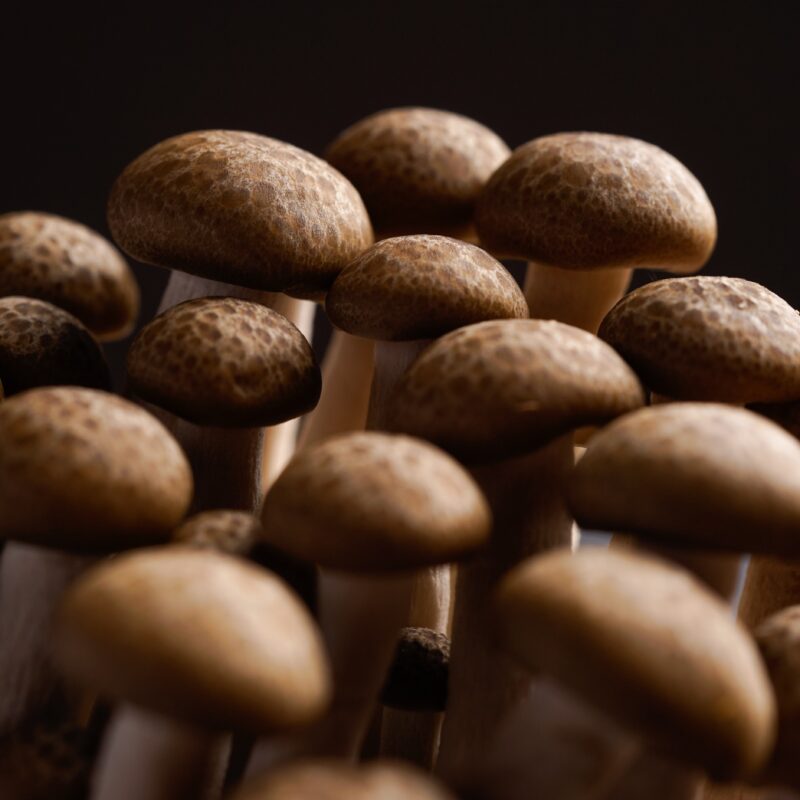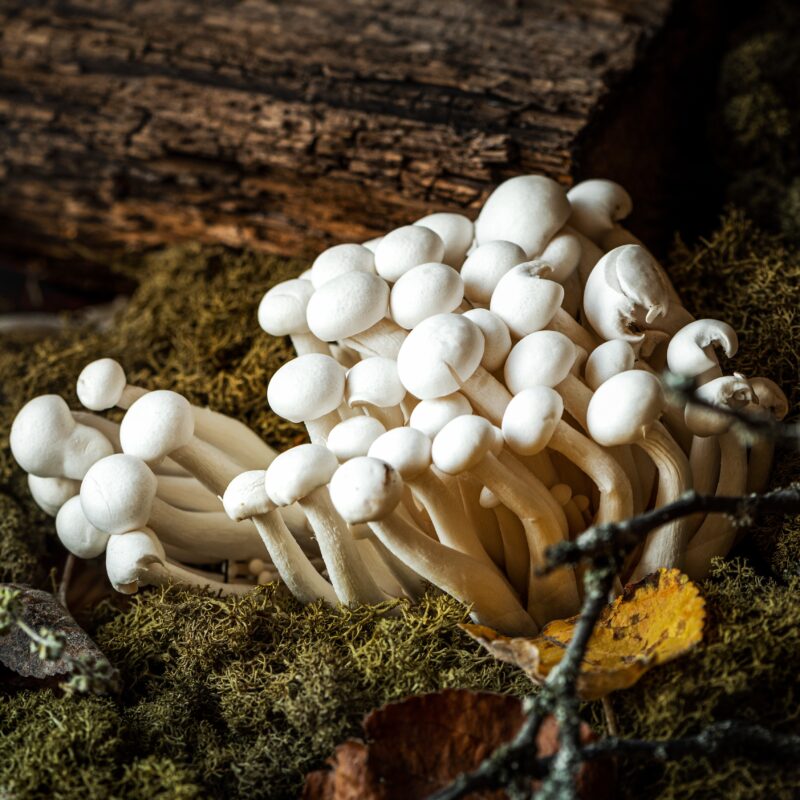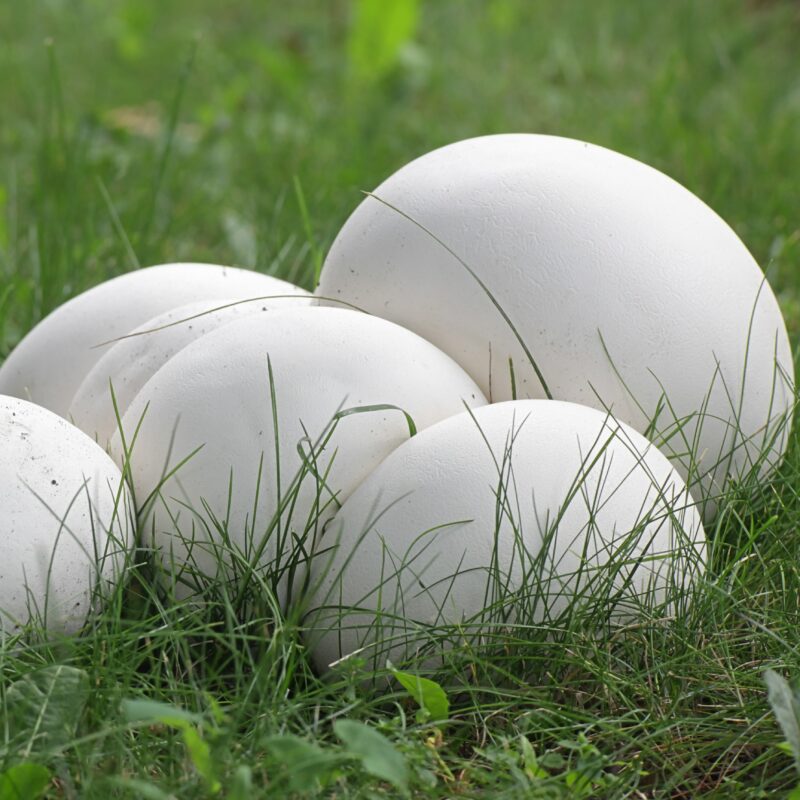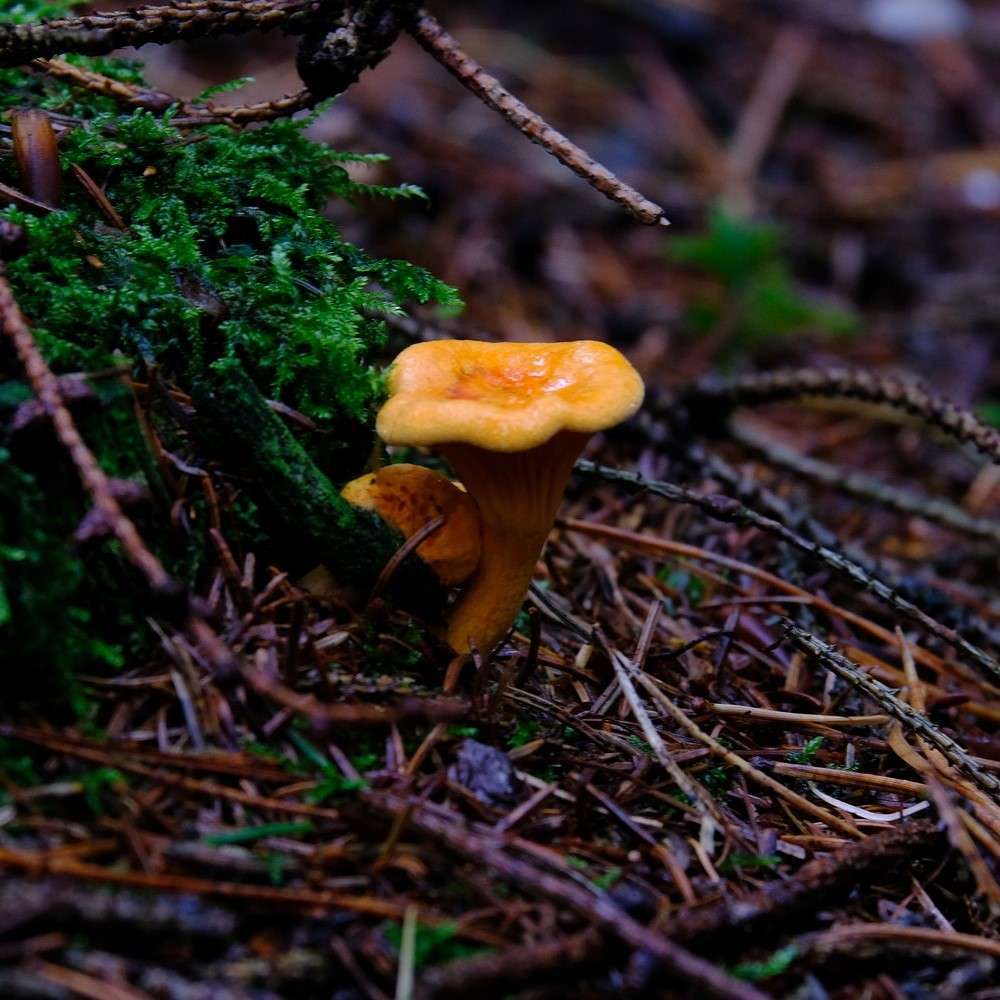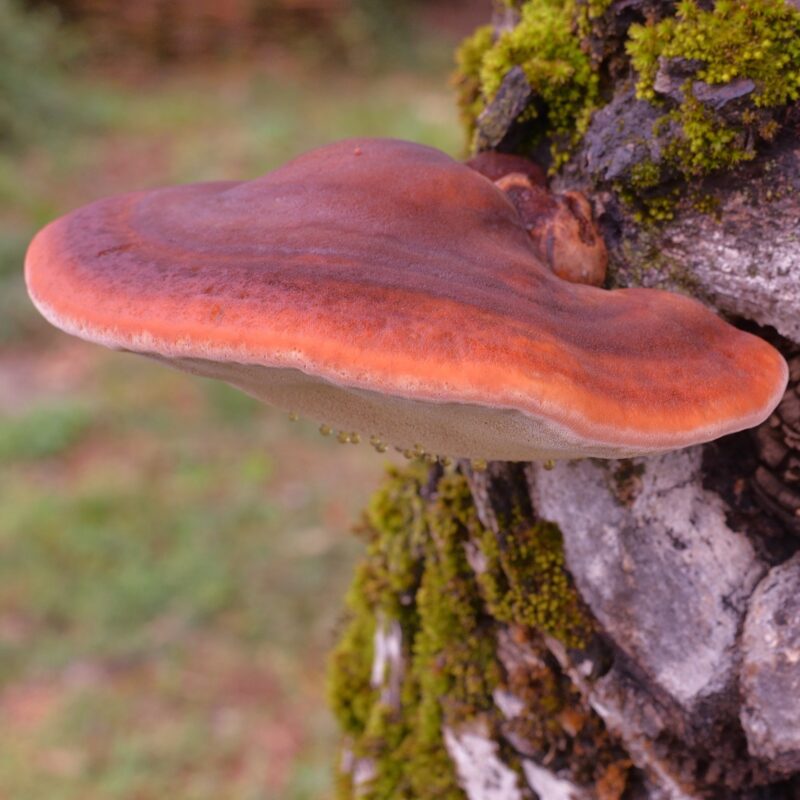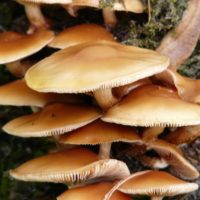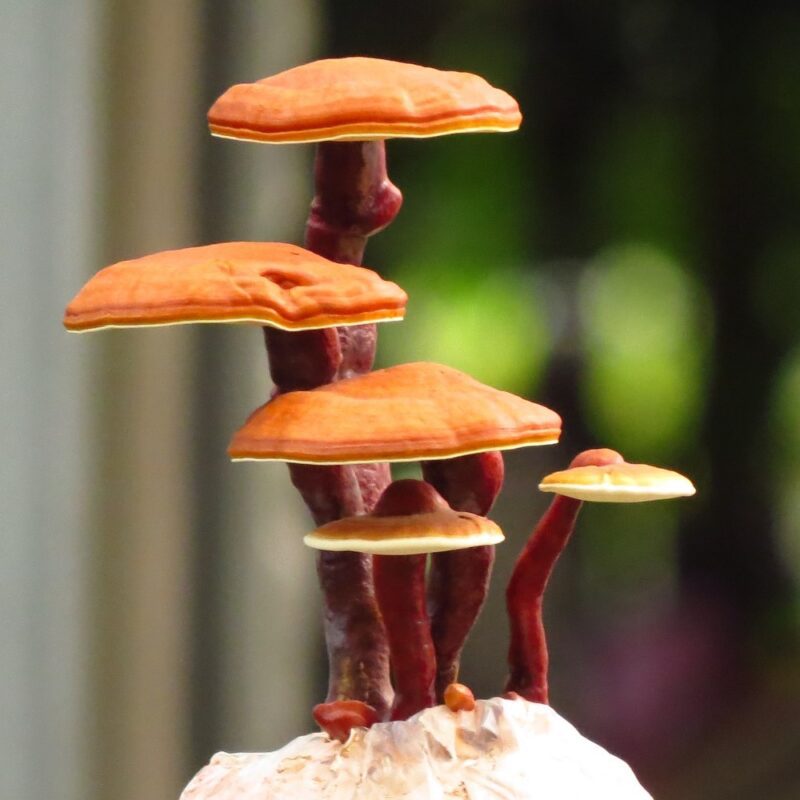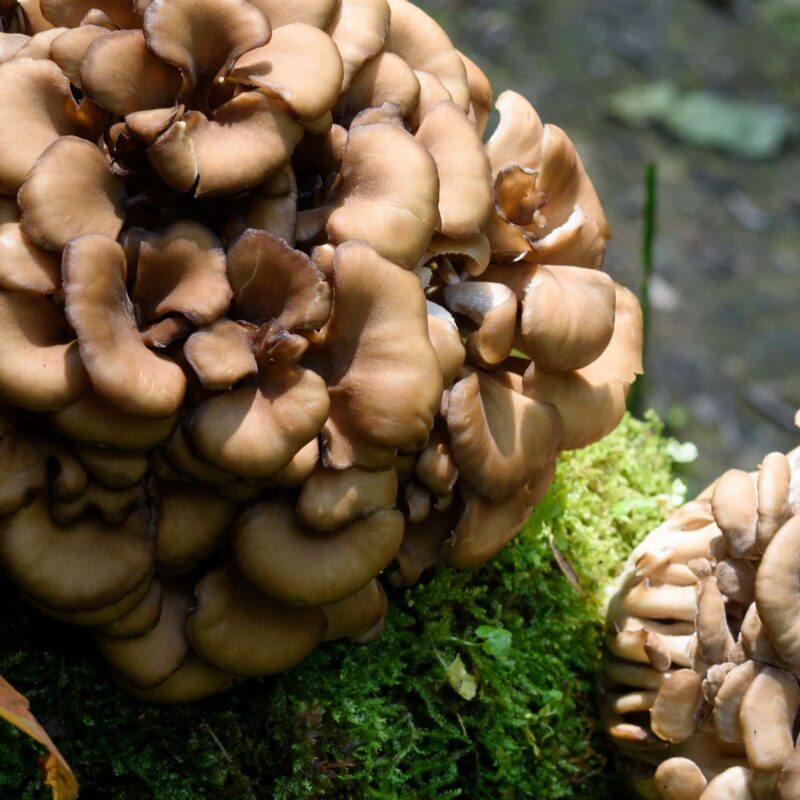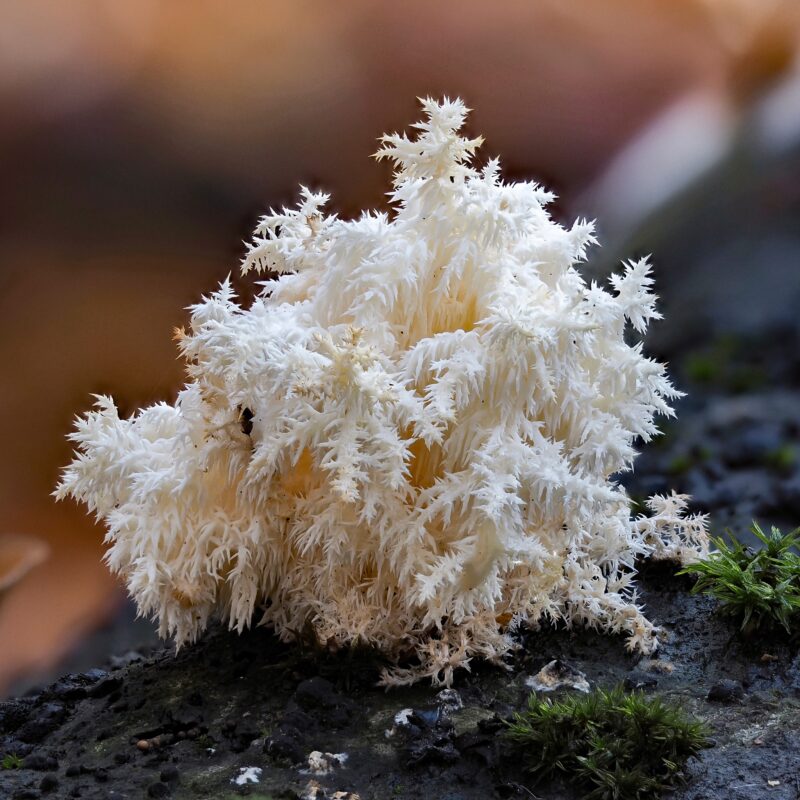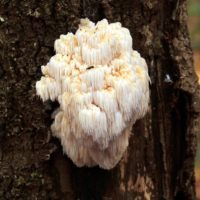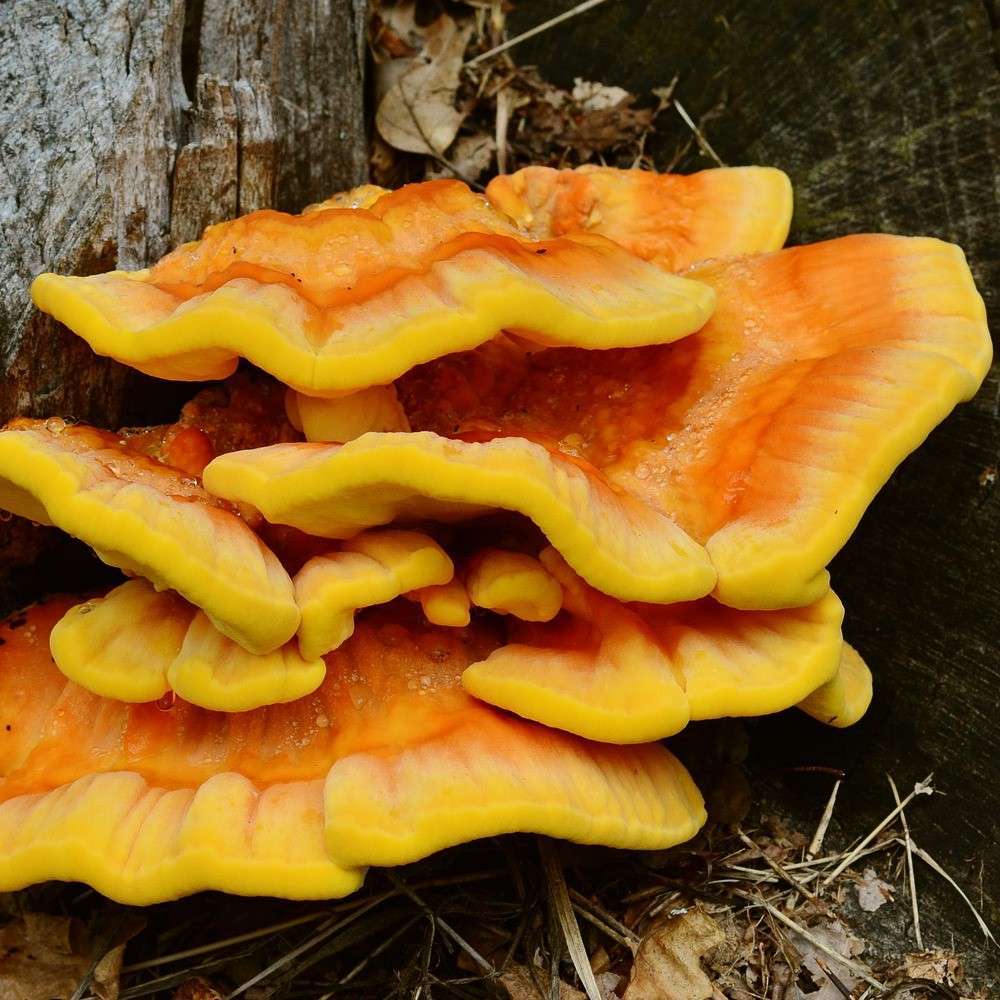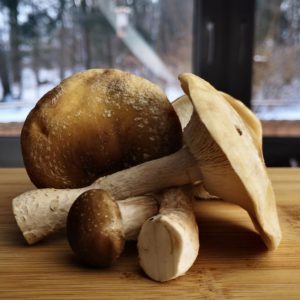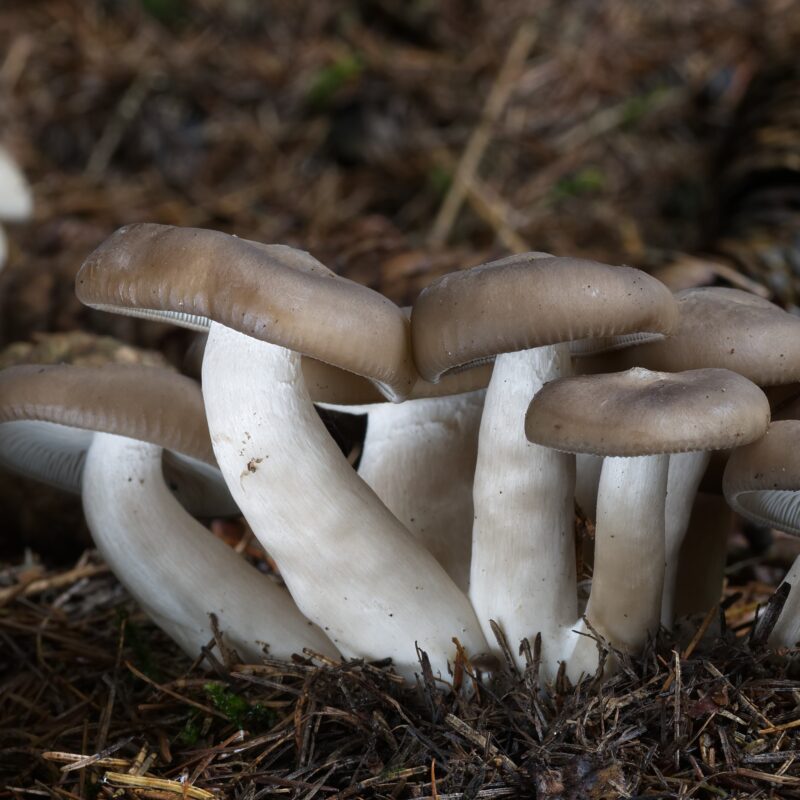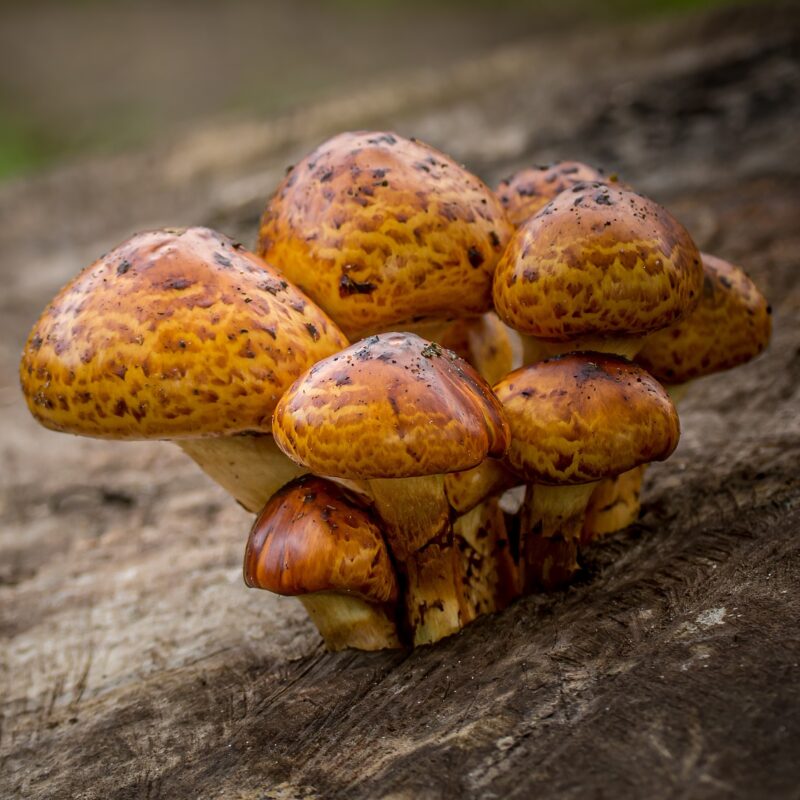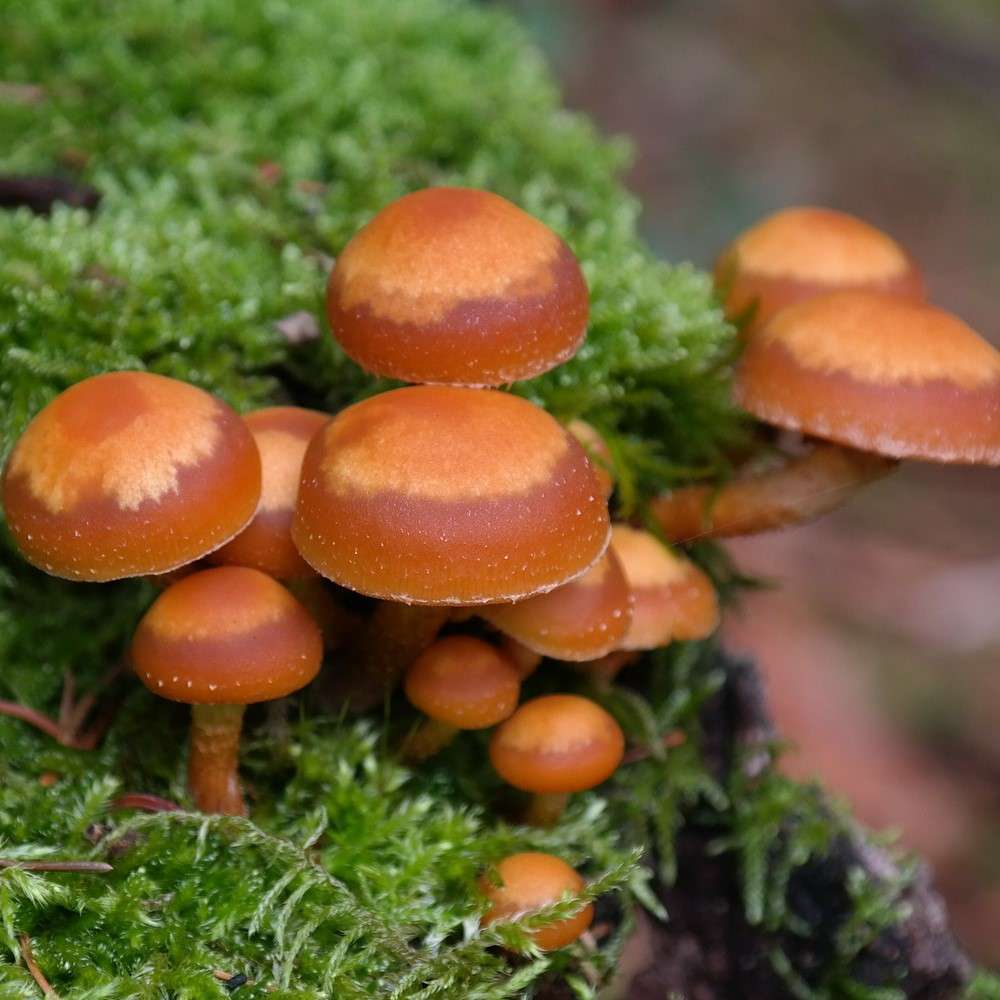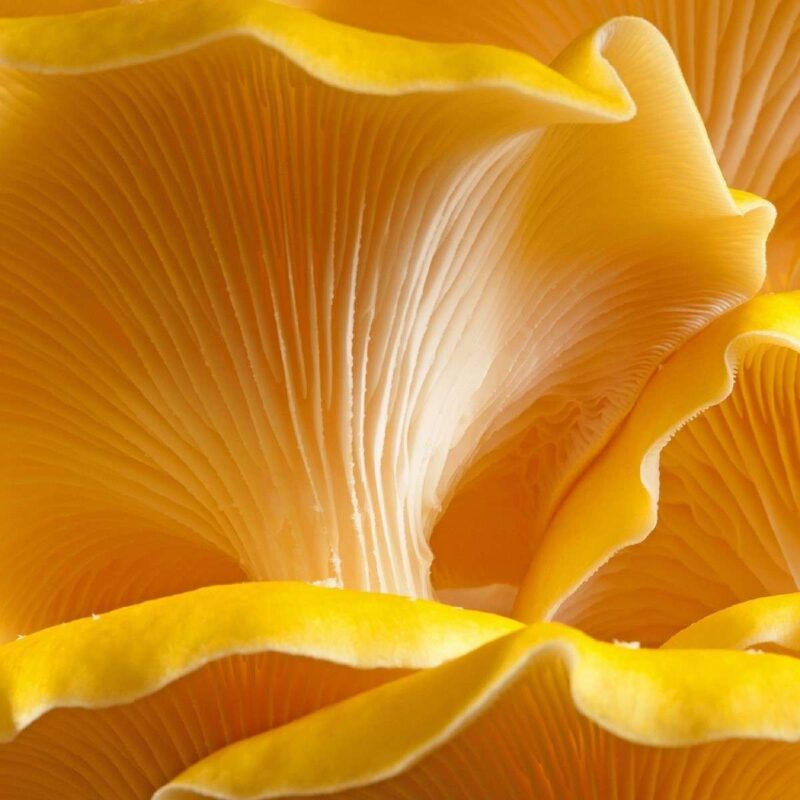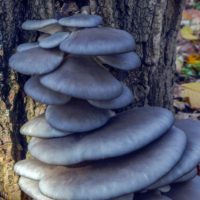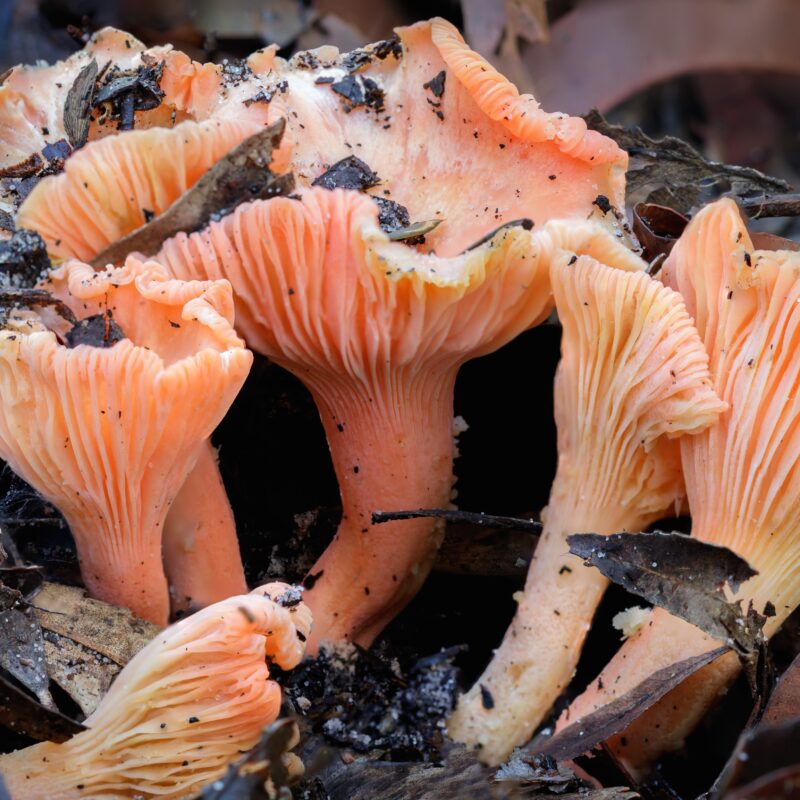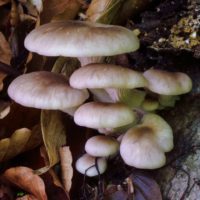Description
Properties
Panellus stipticus is a species of mushroom in the genus Panellus. Other names for this mushroom are bitter clam mushroom, bitter sharp dwarf gnocchi, or oak dwarf gnocchi.
Panellus stipticus is a saprobiontic colonizer of old logs, stumps and lying branches, causing brown rot in the colonized wood. It prefers oaks and copper beech as substrates, but may also occur on a number of other hardwoods, rarely on conifers. The species occurs, as far as suitable substrate is available, in almost all forest types, in parks, gardens in tree rows and on solitary trees.
The Bitter Oyster Mushroom is unsuitable as an edible fungus, and it is not of forestry importance as a wood destroyer.
The chemical structure of the two #luciferin precursors PS-A and PS-B isolated from the fungus Panellus stipticus was determined to be 1-O-decanoylpanal and 1-O-dodecanoylpanal.
Both PS-A and PS-B were converted to chemiluminescent luciferins by treatment with 50 mmol/L methylamine in a buffer solution with a pH of 3.5 containing the anionic surfactant tergitol 4 at 25-35°C. Lucifer ins emitted chemiluminescence in a buffer solution with a pH of 7-8 containing a cationic surfactant in the presence of O2.
This means that they can glow

© AJ (j7u)
1. Growing
Growing Procedure
Growing
Agar Culture Media: Ph 3,5-4,5
Cropping Cycle: Slow
Containers for fruiting: Bales of straw, wood logs, mushroom bed / patch, indoor mycelium bags for cultivation in a greenhouse
Biological efficiencies: –
Substrates: Straw, paper, coffee grounds, pulp of coffee beans, hardwoord (poplar, elm, ash, alder, maple, birch, aspen , beech, willow, oak)
Ph: 3,5-4,5
Growing Characteristics
-Panellus stipticus is glowing fluorescent effect, if done right
-subsequent decomposer
S
|
P
|
F
|
|
|---|---|---|---|
Temp °C |
21-27 | 10-16 | 10-26 |
Relative Humidity % |
85-95 | 95-100 | 85-90 |
Duration d |
14-60 | 7-21 | slow |
CO2 ppm |
>5000 | <1000 | <1000 |
FAE per h |
0-1 | 4-8 | 4-8 |
Light lux |
– | 1000-1500 | 1000-1500 |
Affiliate Partner
Natural Habitat
Panellus stipticus has been found in Australia, Pakistan, North Asia (from the Caucasus to Korea and Japan), North America, North Africa, and the Canary Islands. In Europe, the species occurs from southern and southeastern Europe through western and central Europe to northern and eastern Europe, in Scandinavia it goes as far as the 65th parallel.
on hardwood, preferably birch, oak, beech…, all year round, fresh more often in late autumn and winter
2. Identification
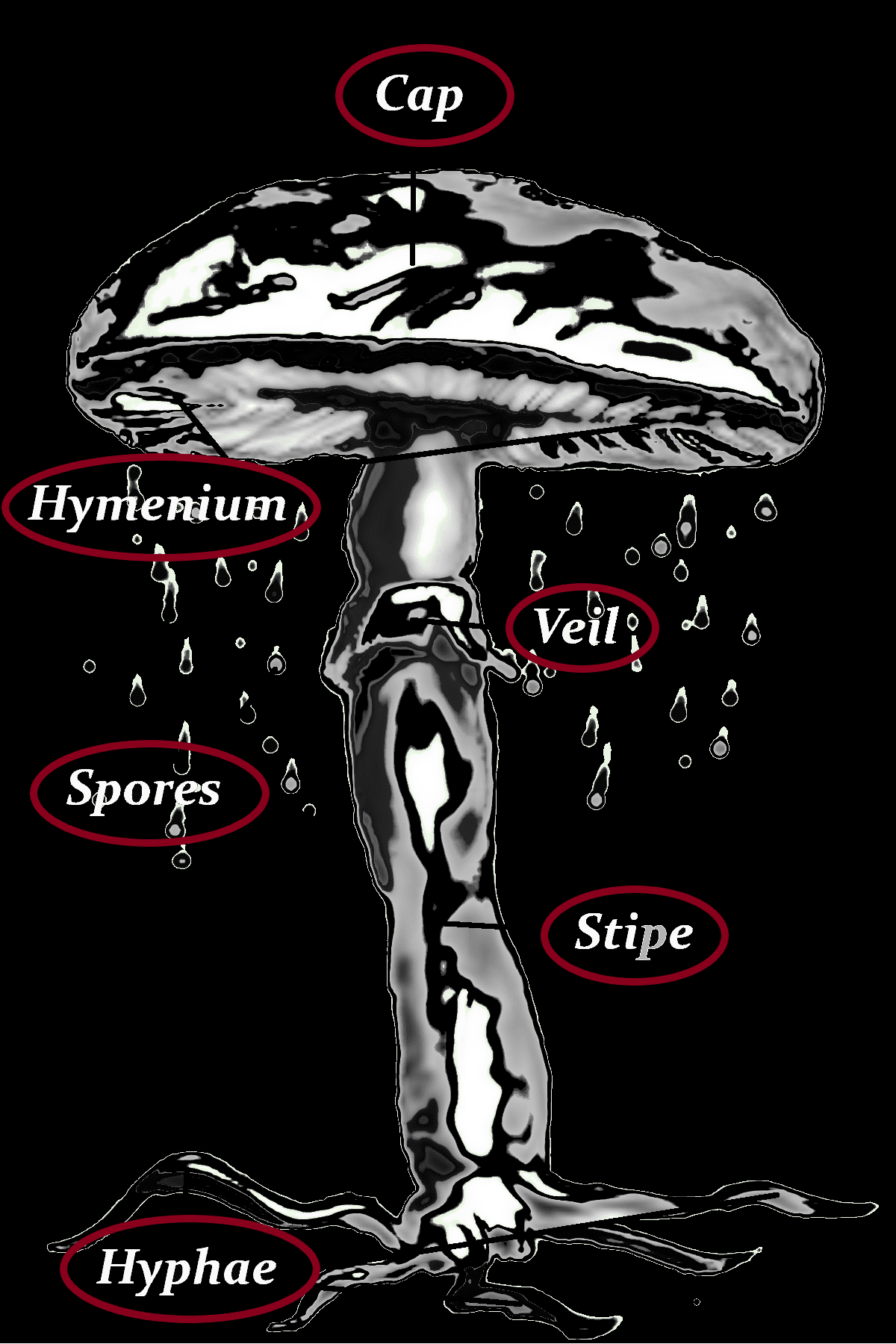
Cap
-4 (6) cm Ø
-convex
-offset
-ocher yellow, later darkening reddish brown
-edge wavy, grooved
-sticky with a rubbery layer
Stipe
-bare
-standing to the side and pointed to the point of attachment
-reddish brown, yellowish ocher
-full, elastic
Hymenium
-gills
-dense
-forked
-sticky
-often unevenly sawn, with cross lamellas at the bottom
Spores
-white
-3–6 by 2–3 µm
-elliptical to nearly allantoid
-smooth-walled
Danger of confusion
Panellus mitis, Neolentinus adhaerens, Panellus violaceofulvus, Crepidotus mollis
Hyphae
-hyaline
-monomitic
-clamp connections
Veil
–
3. Consuming
Gourmet
Do not eat Panellus stipticus.
Smell
neutral to tasty mushroom like
Taste
bitter, scratchy, tart, later peppery hot
Flesh
light brown, thin
Nutritional content
Again – Do not eat this mushroom!
4. Data
other names
| Chinesisch (traditionell) | 鱗皮扇菇 |
| Chinesisch (vereinfacht) | 鳞皮扇菇 |
| Deutsch | Bitterer Muschelseitling |
| Deutsch | Herber Zwergknäueling |
| Dänisch | Kliddet epaulethat |
| Englisch | Bitter Oysterling |
| Englisch | Luminescent Panellus |
| Finnisch | kitkerävinokas |
| Französisch | Panelle astringente |
| Französisch | Panelle styptique |
| Japanisch | ワサビタケ |
| Koreanisch | 부채버섯 |
| Litauisch | Ąžuolinis skiautenėlis |
| Niederländisch | Scherpe schelpzwam |
| Norwegisch | besk lærhatt |
| Polnisch | Łycznik ochrowy |
| Russisch | Панеллюс вяжущий |
| Russisch | Сычу́жный гриб |
| Schwedisch | Epålettsvamp |
| Slowakisch | pňovka obyčajná |
| Tschechisch | pařezník obecný |
| Ukrainisch | Панел терпкий |
| Ungarisch | Kis áldücskőgomba |
| Wissenschaftl. Name | Agaricus farinaceus |
| Wissenschaftl. Name | Panellus stipticus |
| Wissenschaftl. Name | Panellus stypticus |
| Wissenschaftl. Name | Panus albidotomentosus |
| Wissenschaftl. Name | Panus stipticus |
other names
Panells stiptycus, Agaricus stypticus, Merulius stipticus, Crepidopus stypticus, hipidium stipticum, Panus stipticus, Pleurotus stipticus, Lentinus stipticus, Pocillaria stiptica, bitter oyster, the astringent panus, the luminescent panellus, stiptic fungus, Biterer Muschelseitling, Bitterscharfer Zwergknäueling, Eichen-Zwergknäueling, Herber Zwergknäueling, Eichen Zwergknäueling, Bitterer Muschelseitling
| Kingdom | Fungi |
|---|
Division Basidiomycota
Class Agaricomycetes
Order Agaricales
Family Mycenaceae
Genus Panellus
Species P. stipticus
Ecology Saprotrophic



